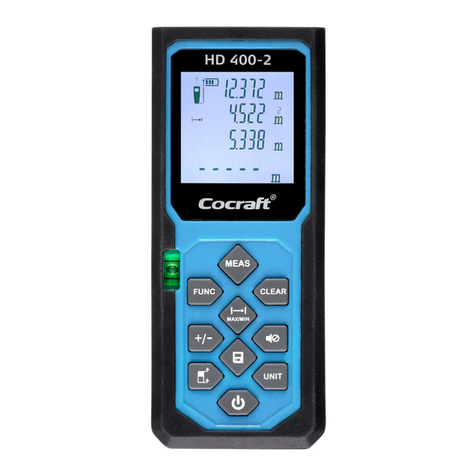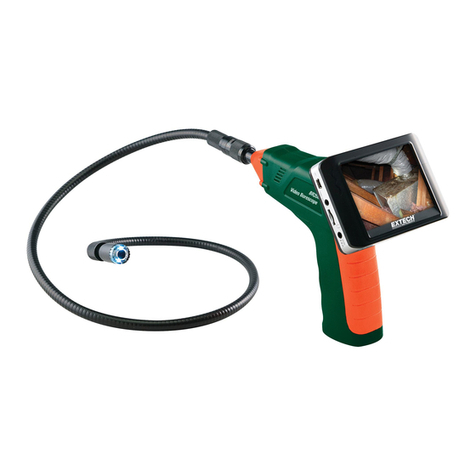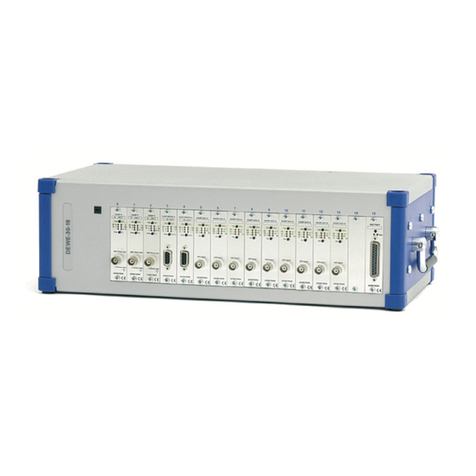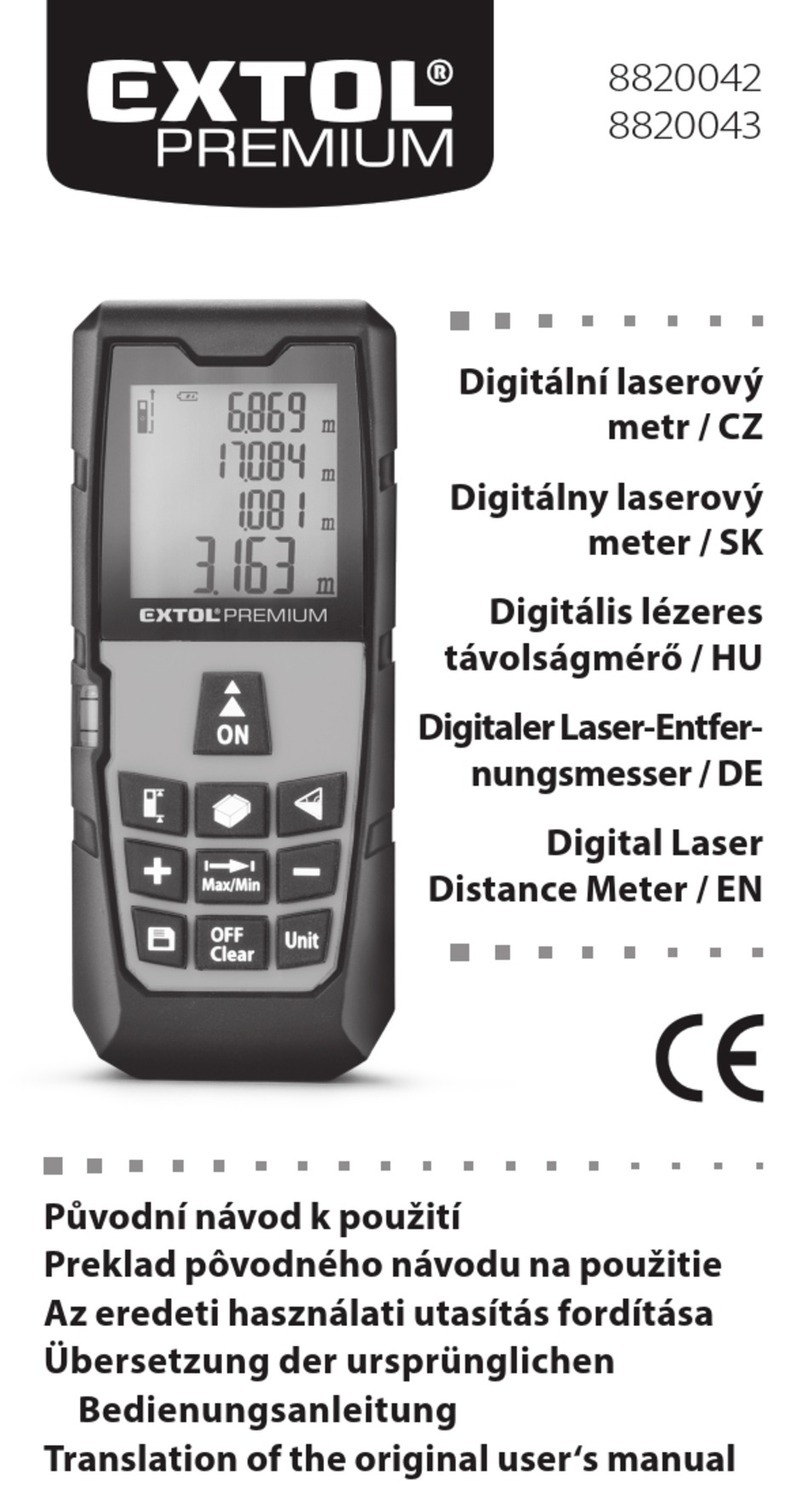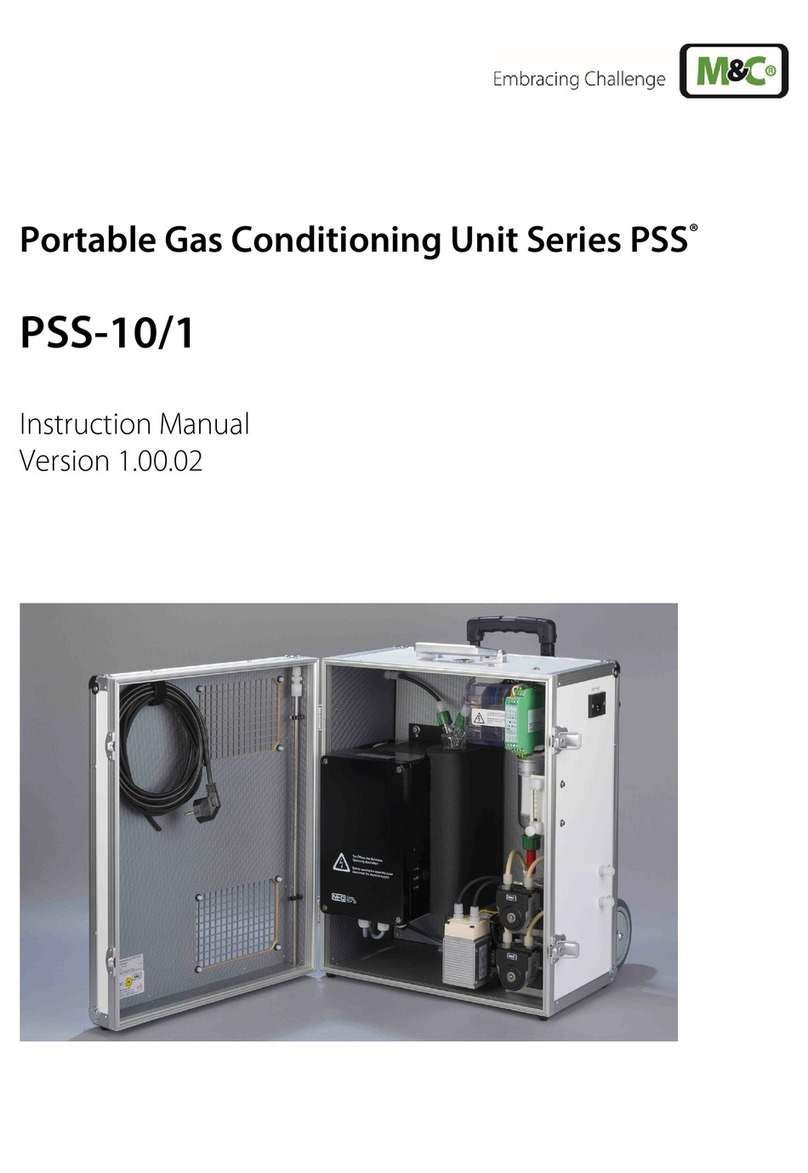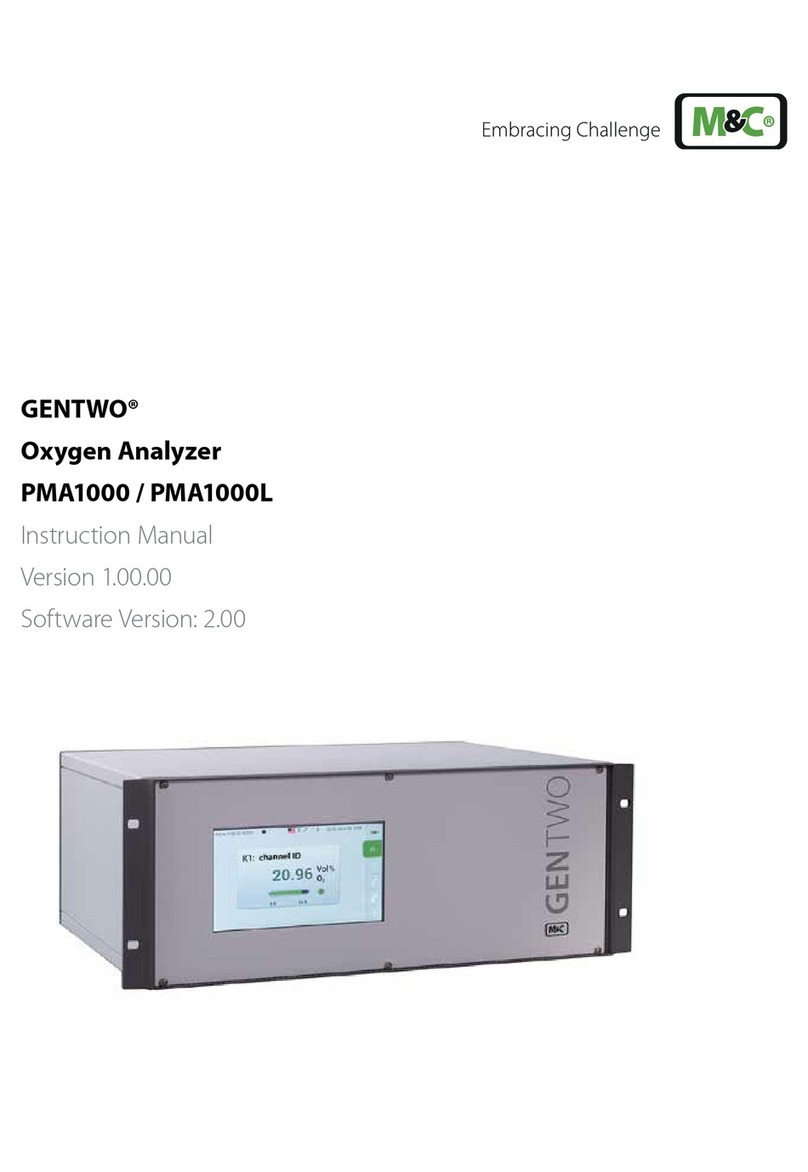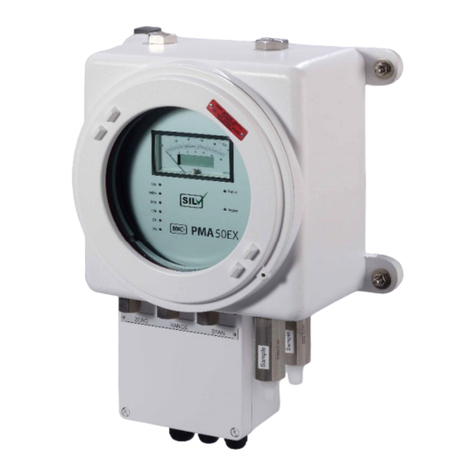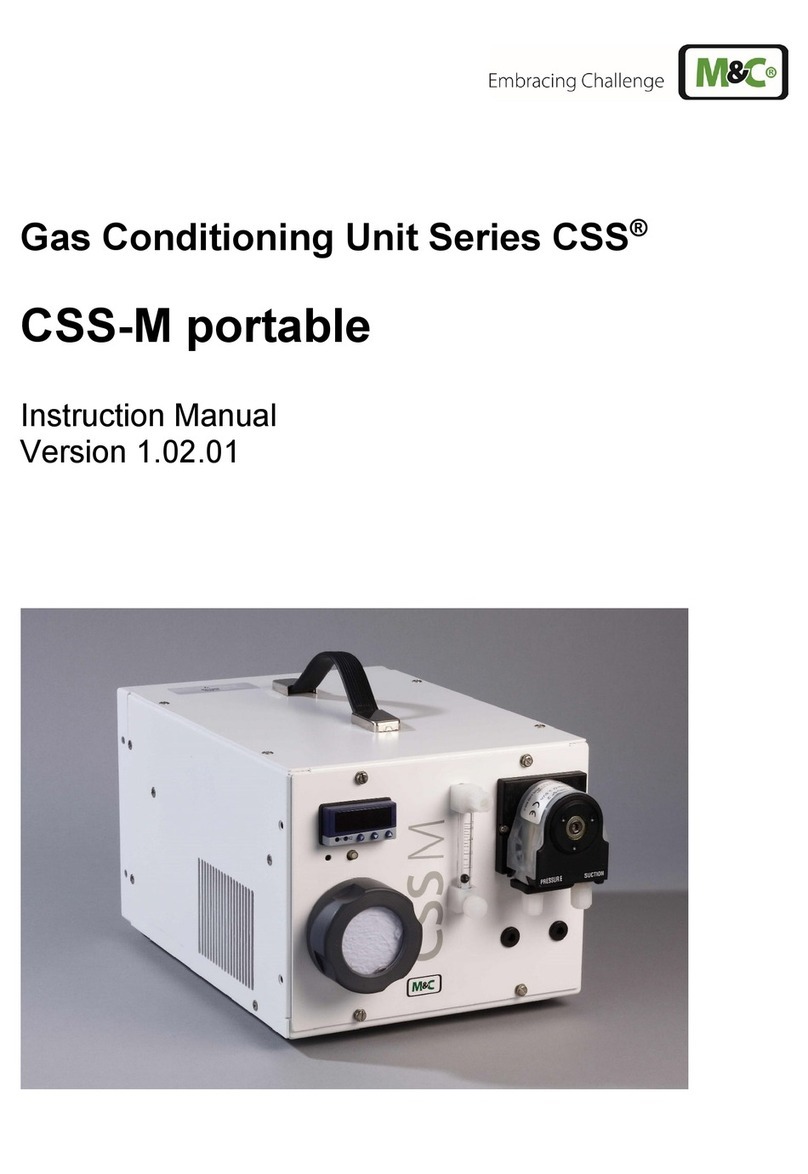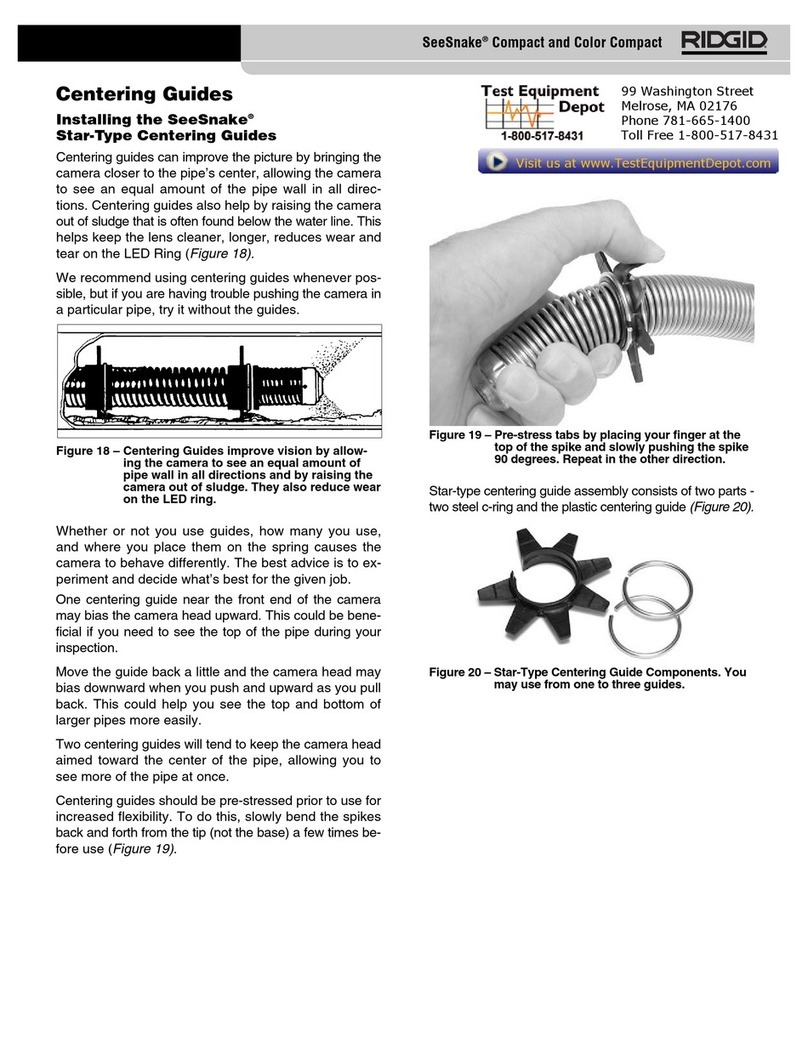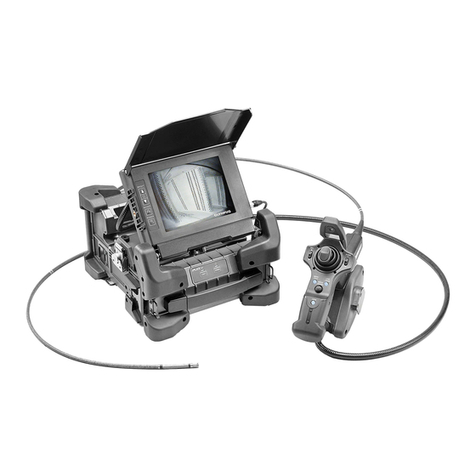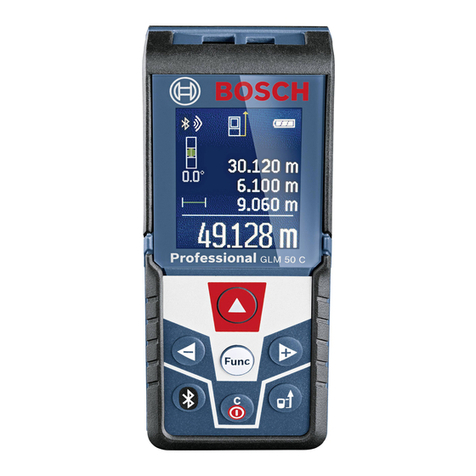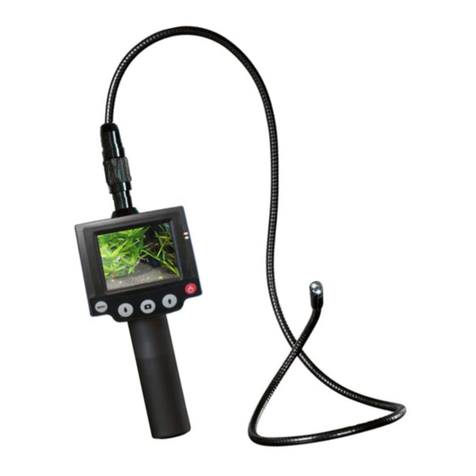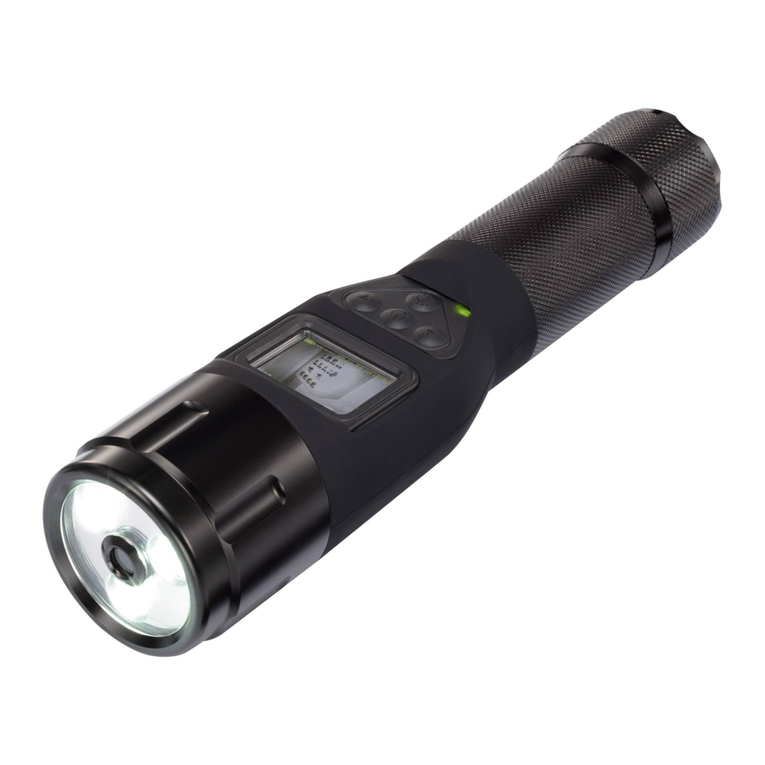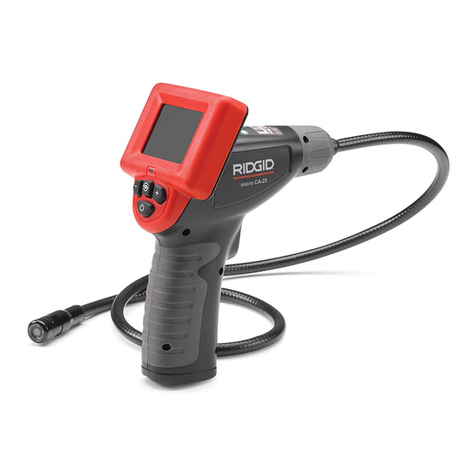
2 PMA20 | 1.00.01 www.mc-techgroup.com
Content
1General information....................................................................................................................4
2Declaration of conformity...........................................................................................................4
3Safety instructions......................................................................................................................5
4Warranty......................................................................................................................................5
5Used terms and signal indications............................................................................................6
6Introduction................................................................................................................................. 7
6.1 Serial number...............................................................................................................7
7Application..................................................................................................................................7
8Technical data.............................................................................................................................8
9Description..................................................................................................................................9
9.1 Front panel.................................................................................................................10
9.2 Gas flow diagram of the analyser PMA 20...................................................................10
10 The measuring principle........................................................................................................... 11
11 Receipt of goods and storage..................................................................................................12
12 Installation.................................................................................................................................12
12.1 Connection of Sample gas inlet and sample gas outlet ................................................13
13 Standard gas conditioning system..........................................................................................13
14 Electrical connection................................................................................................................ 14
14.1 Signal output..............................................................................................................14
15 Starting up................................................................................................................................. 14
16 Calibration................................................................................................................................. 15
16.1 Zero calibration ..........................................................................................................15
16.1.1 Cross sensitivities................................................................................................17
16.1.2 Consideration of cross sensitivities ......................................................................18
16.2 Span calibration .........................................................................................................19
17 Measuring..................................................................................................................................21
18 Closing down ............................................................................................................................ 21
19 Maintenance..............................................................................................................................21
20 Trouble shooting.......................................................................................................................21
21 Spare parts list.......................................................................................................................... 22
22 Appendix ...................................................................................................................................22
List of Illustrations
Figure 1 Dimensions PMA20 ..............................................................................................9
Figure 2 Front panel PMA20.............................................................................................10
Figure 3 Gas flow diagram PMA 10...................................................................................10
Figure 4 Scheme of the measuring cell and optical signal processing ................................11
Figure 5 Standard gas conditioning system.......................................................................13
Figure 6 Electrical connection PMA 20..............................................................................14
Figure 7 Circuit diagram PMA 20 ......................................................................................23
Figure 8 Circuit diagram oxygen transducer unit PMA1.02.0..............................................24
Figure 9 Components list circuit diagram PMA1.02.0.........................................................25
Figure 10 Components list circuit diagram PMA1.02.0.........................................................26
Figure 11 Temperature sensor resistance dependent on temperature..................................27
Figure 12 Installation provisions and spare parts positions ..................................................28
